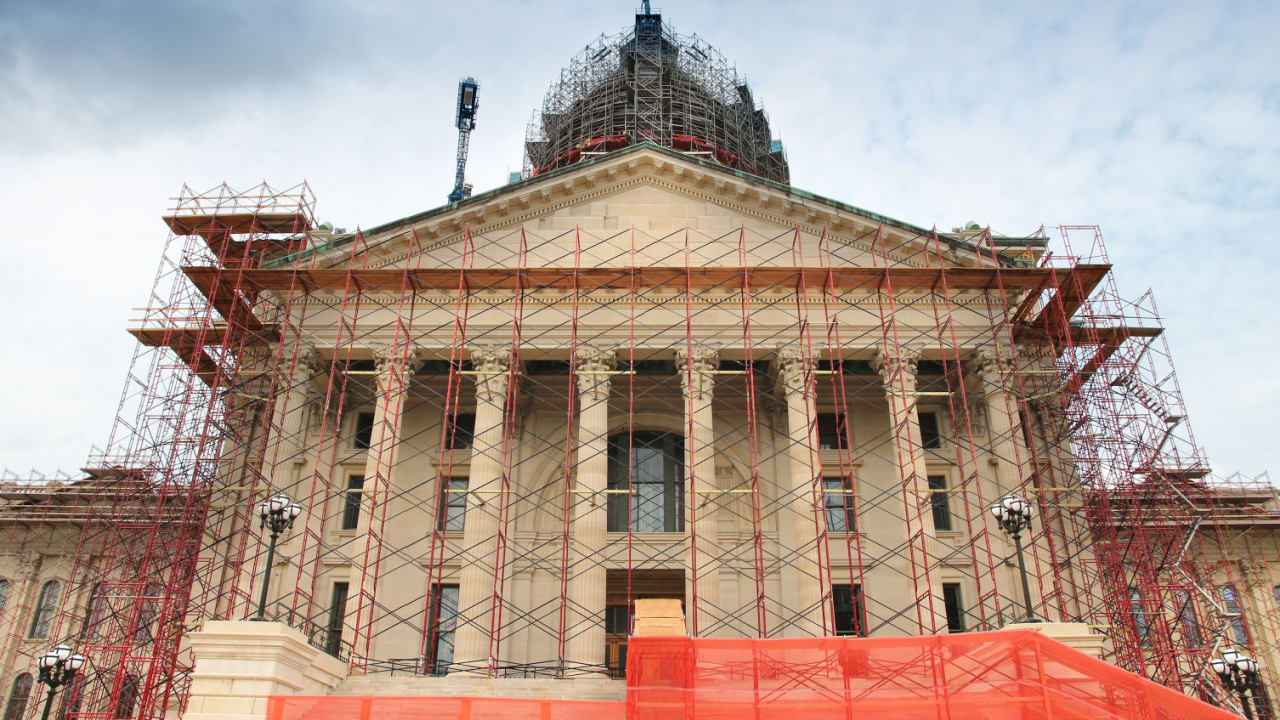
Construction Mediation Tips for Practitioners and 'Eyes Only' Tips for Construction Mediators
Construction mediation can occur during or after construction and prior to or during arbitration or litigation. But, regardless of when a construction mediation occurs, its success often depends on the parties’ willingness to exchange critical information well in advance of the mediation session.
Tips for the Construction Practitioner
1. Schedule a mandatory pre-session call.
A pre-session call with the mediator is the first and most effective opportunity to convey your client’s position and to allow the mediator to absorb and evaluate that information without distraction. On that call, counsel should describe the dispute and identify the decision-makers. Additionally, counsel should address the following questions:
a) Are the parties working together and sharing information, or are they at war?
b) Have the parties shared expert information?
c) Have demands been published?
d) Will the parties be publishing their briefs?
e) What confidential information is not in the mediation brief?
f) Will the decision-makers be participating? Are there any decision-makers who are not available or “behind the scenes”?
2. Exchange mediation briefs.
Why submit a “confidential brief” just to the mediator? If what you have to say has merit or will impact the other party’s analysis, then it should be published before the mediation. Failing to publish your brief may be seen by the opposing party as evidence of a weak position.
Further, the sole audience of a confidential brief is the mediator, who is restricted from using the information provided. While counsel may believe that labeling the brief as confidential will give their client a tactical advantage, it typically serves as an impediment to the mediator’s effectiveness.
Instead, mediation briefs should be addressed to the other parties’ decision-makers. Why would a party want to squander the opportunity to speak to directly to the decision-makers on the other side?
On a practical level, the failure to publish your brief will typically result in requiring a time-consuming joint-session discussion of relative positions. If any new and/or significant information is provided during the joint session, the parties will typically need additional time to analyze the impact of that information and then schedule another mediation session.
One final note: Truly confidential information may be shared with the mediator during the pre-session call or through a separate communication.
3. Exchange demands in advance of the joint session.
Construction mediations often involve competing claims. Where multiple sides are looking for a monetary contribution, each must provide a well-reasoned demand in advance of the mediation. Each demand should include a breakdown and computation of the claim(s), including the amount of each specific damage category and an itemization of each component of litigation expense and fees claimed.
A demand is necessary, even if everyone already knows the amount of the claim. The act of putting together a comprehensive demand may reveal additional or increased claims not previously conveyed.
4. Have a mediated exchange of expert information.
Construction disputes are typically driven by expert witnesses, especially those involving scope of work, architectural deviations, change orders, interference with means and methods, critical path/delay and construction deficiencies.
Once the claimant’s initial reports are published, a mediated expert exchange guided by its experts provides context and an opportunity for the respondents to seek clarification. The process, moderated by the mediator, provides all sides with a guidepost that can have a significant impact on the direction of the dispute. Utilizing a virtual platform for the expert exchanges saves money and allows the experts to participate from their offices with all of their job documents at hand.
In particular, following the claimant’s presentation, critical gaps in data and positions identified during the presentation need to be addressed and time frames set for their resolution. This will typically take the form of additional inspections and the eventual production of a defense scope and cost of repair.
5. State demands on third parties.
Following the exchange of expert information, it is imperative that all respondents with affirmative claims state or clarify their demands. While this typically involves claims against subcontractors, suppliers and/or manufacturers, it can also include affirmative claims against other parties.
6. Identify multi-party considerations.
Where there is a significant number of parties, the construction practitioner should work with the mediator to identify associated groups of parties (e.g., soils-related parties, architectural parties, design professionals, insurers) and design a schedule to address the particular concerns and issues of each group.
In such complex, multi-party disputes, the parties, or at least the primary defendant, should provide the mediator with a claims matrix. Based on that matrix, the parties should give serious consideration to breaking down the mediation into separate segments, such as:
a) Separate mediations between the claimant and the primary defendant
b) Separate mediations among the primary defendant and third parties
c) Insurance: separate coverage mediation/calls
Construction practitioners need read no further. The following is a set of tips and suggestions for construction mediators in the trenches.
“Eyes Only” Tips for Construction Mediators
First and foremost, construction mediations require significant preparation and process. To begin, the construction mediator needs to obtain a working understanding the matter dynamics. This includes the status of relationships of the parties and their expectations of the process and future relationships.
1. Know whom you are working with.
In advance of the pre-session call, the mediator should research the parties to the dispute. This includes identifying all counsel through firm websites, LinkedIn, Twitter and Facebook.
2. Establish credibility early and keep working to maintain it.
Identify any parallel experiences the mediator has with counsel, including education, family and personal interests. These early links will help establish credibility, although this needs to develop over time. Try not to rush early communications, and don’t underestimate acquiring a fuller understanding of each party’s background, experiences, emotional investments and goals.
3. Make unscheduled pre-session calls.
There may be an advantage to making unscheduled pre-session calls to counsel. Unprepared remarks by counsel are almost always more helpful and more telling.
In any case, during the pre-session call, the mediator needs to not only acquire the salient facts, but also identify each party’s expectations and significant gaps in facts or understandings. Gaps may include:
a) Conflicting timing: This can happen when claimants are expecting a substantive response, usually in the form of a monetary offer to their position, and respondents are still seeking foundational information. This can also occur when there are still missing parties to the dispute.
b) Missing information: This can result from the parties failing to identify and exchange pivotal pieces of information
c) Emotionally charged settlement positions: These can be present when demands include claims of emotional distress, punitive damages or that a published apology be issued by the respondent as part of the settlement.
d) A decision-maker who is too invested in the dispute: This can occur when a party’s decision-maker was a direct participant in the construction and whose decisions resulted in the dispute.
Once the gaps are identified, the mediator needs to slowly start to adjust the parties’ expectations and potentially even provide pre-session homework.
4. Work to have all sides publish their “confidential” briefs and reasoned demands in advance of mediation.
Many times, the mediator will need to use the pre-session conferral to convince the parties to share their “confidential” pre-mediation briefs and provide each other with detailed, reasoned demands (see discussion above).
5. Every mediation has its own pace, so timing is important.
Remember that every mediation has its own timing. Establishing credibility through understanding relative positions and making connections with counsel and decision-makers is an ongoing process.
Stacy L. La Scala, Esq. is JAMS mediator who has resolved a wide array of disputes, including construction, insurance, business/commercial and professional liability matters. Mr. La Scala's construction and insurance practice includes a wide variety of essentially every type of commercial, industrial, public works and residential matter.
Related stories








